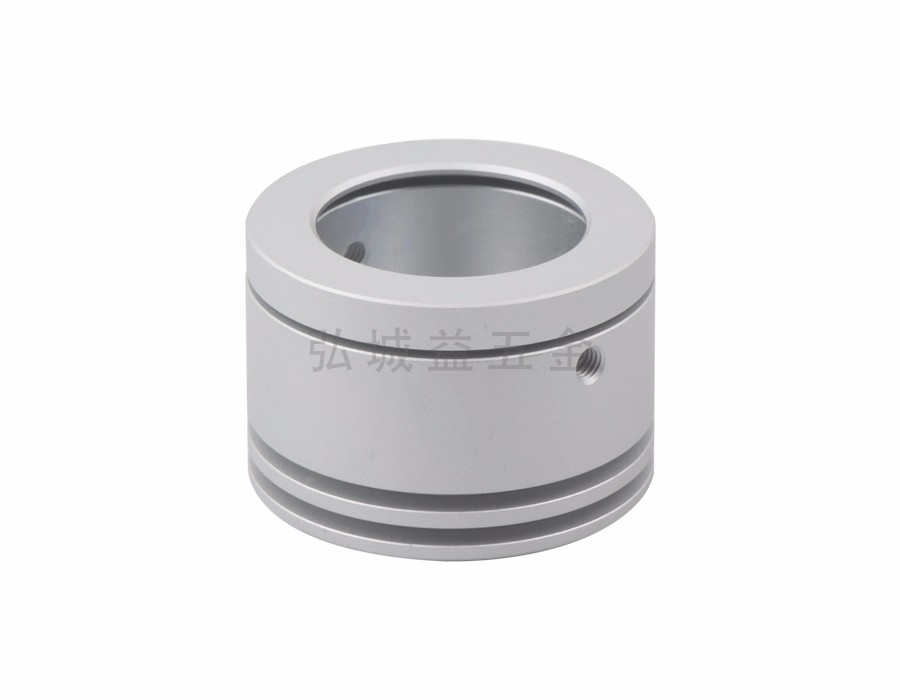
CNC milling is a commonly used CNC machining method that can simultaneously control the movement of multiple coordinate axes (3-5 axes) and maintain predetermined motion relationships, thereby machining the workpiece into a specific shape of the part. CNC milling is commonly used for machining flat contours, three-dimensional contours, and complex surface parts. The following are common types of CNC milling parts:
Planar contour parts: Planar contour parts refer to parts whose contour is mainly composed of lines, arcs, and curves. CNC milling machines can accurately control the cutting depth and feed speed, thereby efficiently machining planar contour parts.
Stereo contour parts: Stereo contour parts refer to parts with a three-dimensional spatial structure, such as brackets, shells, molds, etc. CNC milling machines can achieve high-precision machining and cutting through technologies such as five axis linkage to meet the requirements of three-dimensional contour parts.
Complex surface parts: Complex surface parts refer to parts with complex surface shapes and structures, such as turbines, blades, curved shells, etc. CNC milling machines can use advanced CAM software to accurately model and process curved surfaces, thereby producing high-quality complex surface parts.
Hole processing: CNC milling machines can be used to process various types of holes, such as circular, elliptical, square, etc. Through reasonable programming and cutting parameter selection, high-precision hole machining can be achieved.
High precision parts: CNC milling machines have the characteristics of high precision and efficiency, and are suitable for processing high-precision parts, such as micro and small parts, precision molds, etc. Through reasonable programming and cutting parameter selection, high-precision machining and cutting can be achieved.
In short, CNC milling is a high-precision and high-efficiency machining method suitable for processing various types of parts. During the machining process, it is necessary to consider the characteristics and requirements of different parts and select appropriate cutting parameters and tools to ensure the accuracy and quality of the machining. At the same time, it is necessary to strengthen quality testing and management to ensure the quality and safety of products.